PARLEY SNOTBOT®
Harnessing technology to revolutionize whale conservation research
How do you collect biological data from a whale without altering the data itself? It's difficult to accurately gauge a cetacean's stress level if the research method is stressful for the animal. And once you have data, how do synthesize information to spread awareness, open minds, and strengthen protections?
Whales harbor secrets about the life-giving yet increasingly threatened realm they inhabit. One way to collect these secrets: SnotBot®, a drone-enabled research device that hovers over surfacing whales and benignly collects mucus rich in biological data. Together with Dr. Iain Kerr, CEO of Ocean Alliance, a team of experts, and partners across the fields of marine science and tech, we're dedicated to advancing whale research and education to better protect whales and the oceans that sustain them (and ultimately humans) through a series of SnotBot expeditions.
“I think we are very focused on ourselves, and the reality is our own self interest should have us focusing more on the environment around us. As a species, our future is in our oceans.”
DR. IAIN KERR
With its smart and connected technologies, artificial intelligence, and real-time data analytics, Intel is supporting data-gathering research and future SnotBot® expeditions. Its expertise and advanced tools will allow marine biologists and other experts on the ship to focus on the data, the subject, and making more timely decisions to inform the immediate mission. Together we can better understand and protect the long-term health of whales and the oceans, and in turn that of the humans who rely on both.
ALASKA
Gabon
Sea Of Cortez
Dominican Republic
Photography by Christian Miller and Andy Rogen


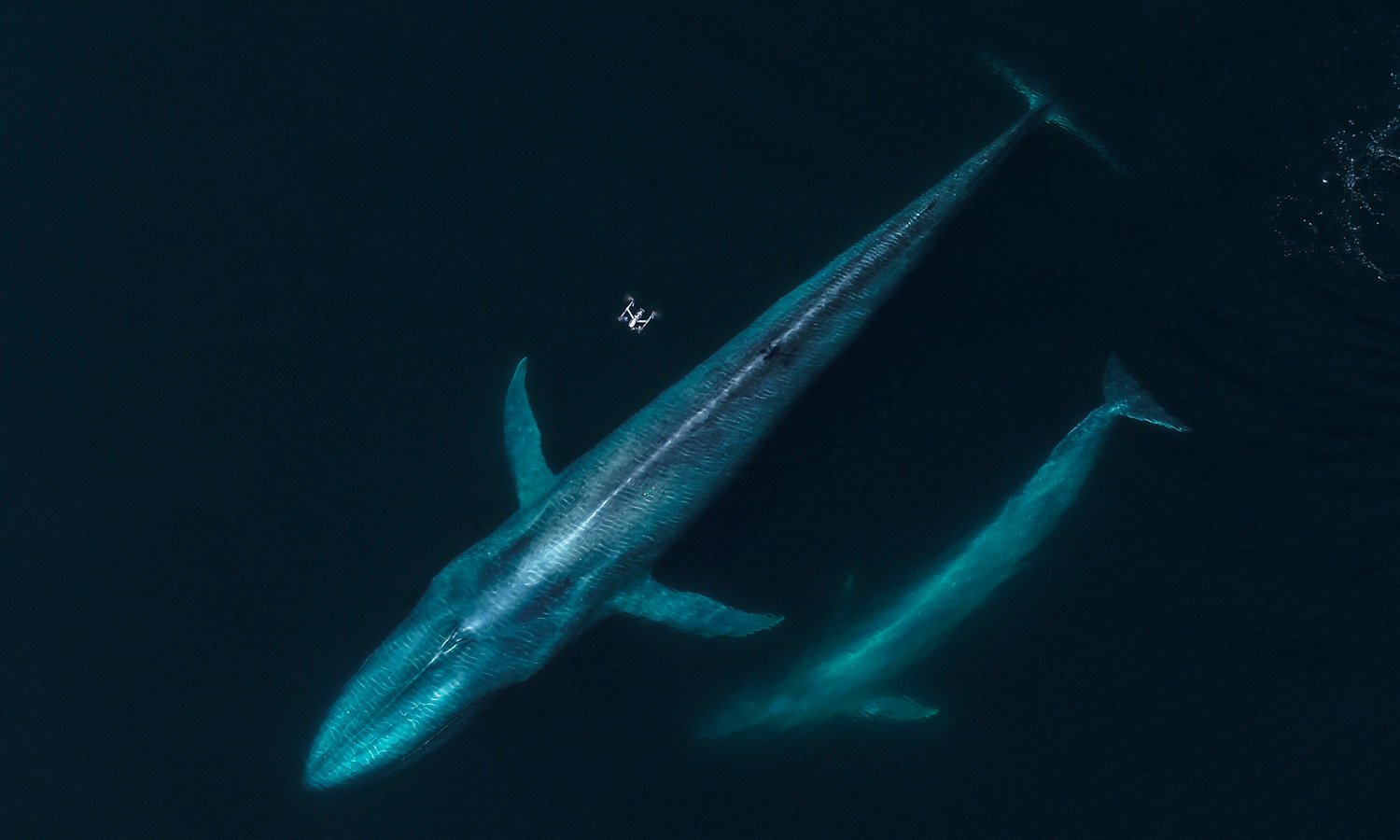
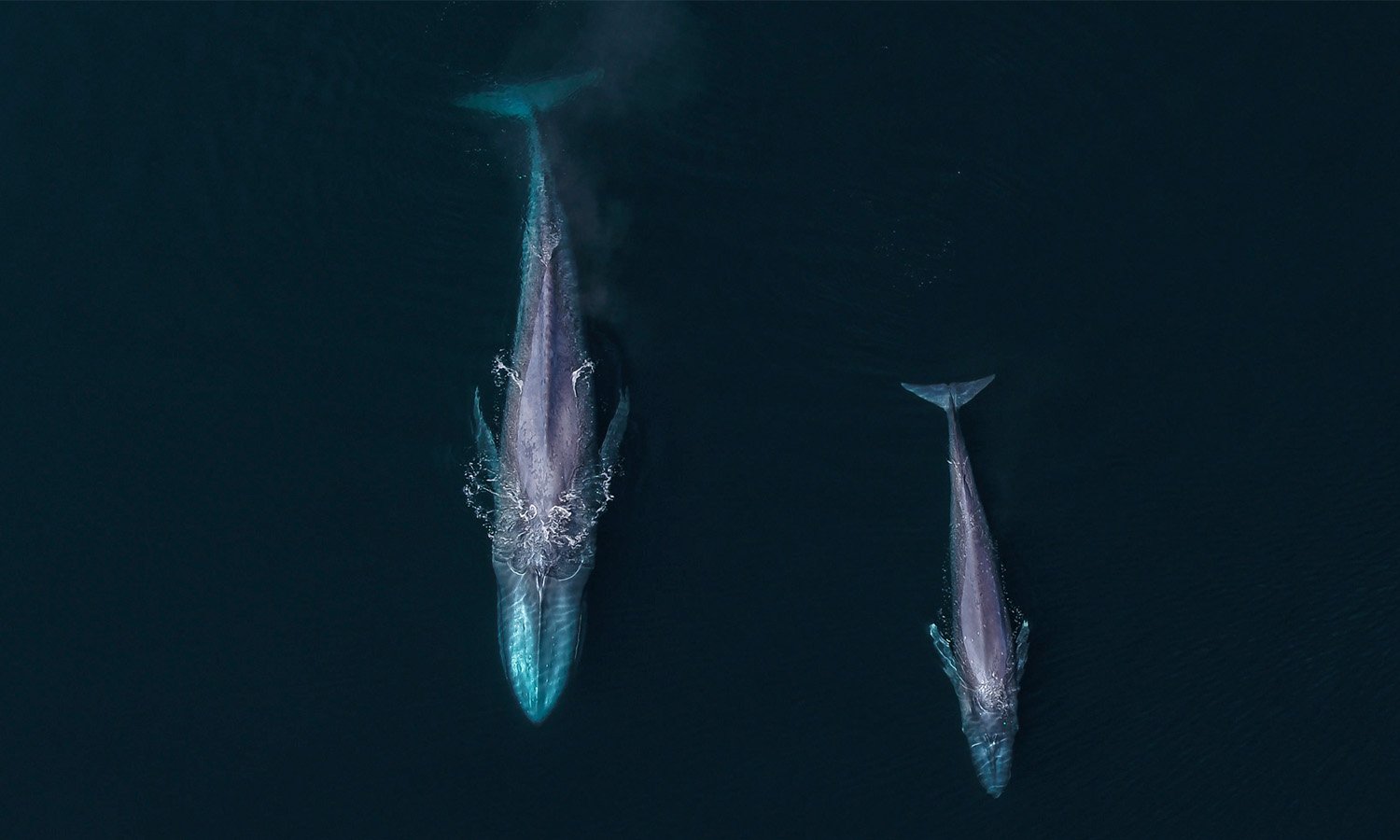
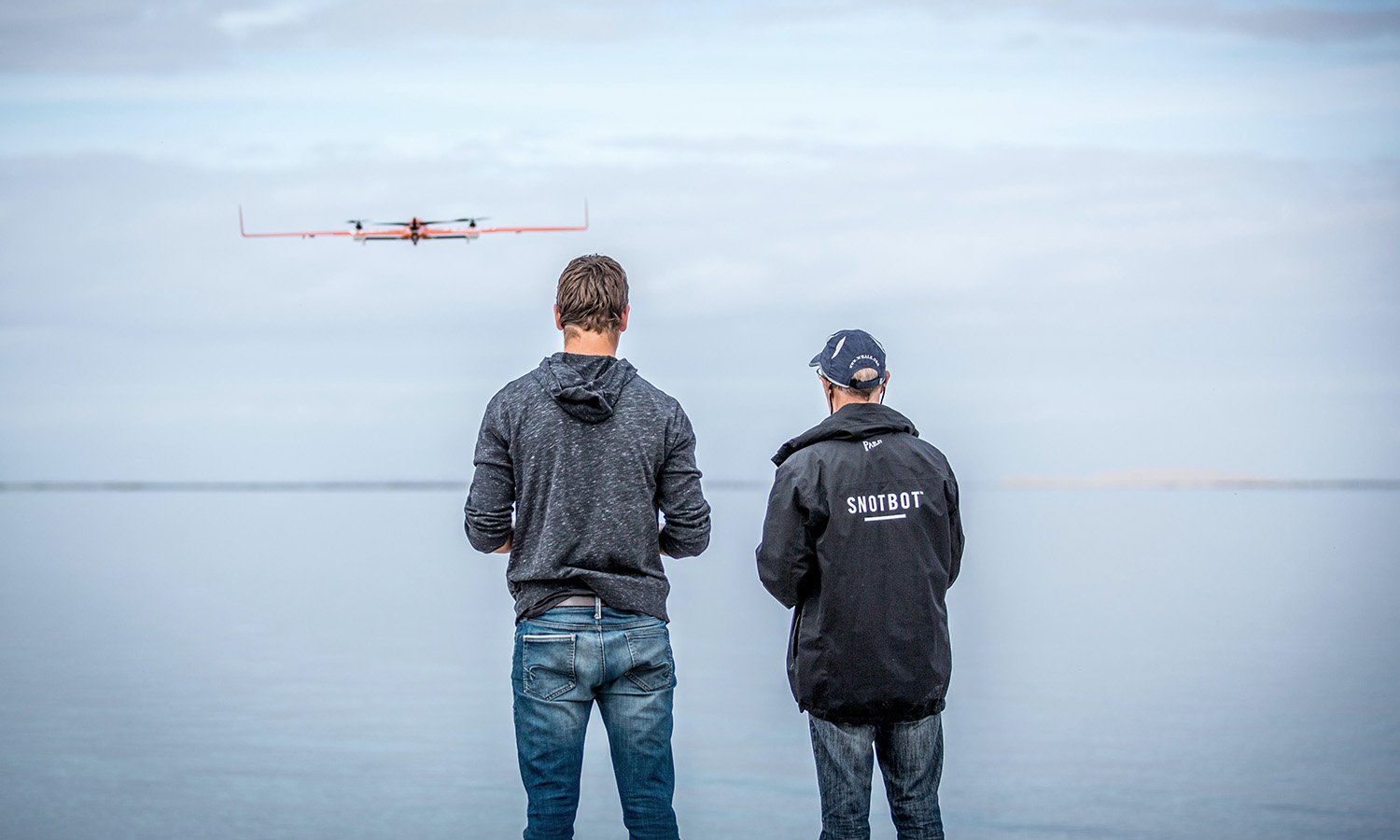
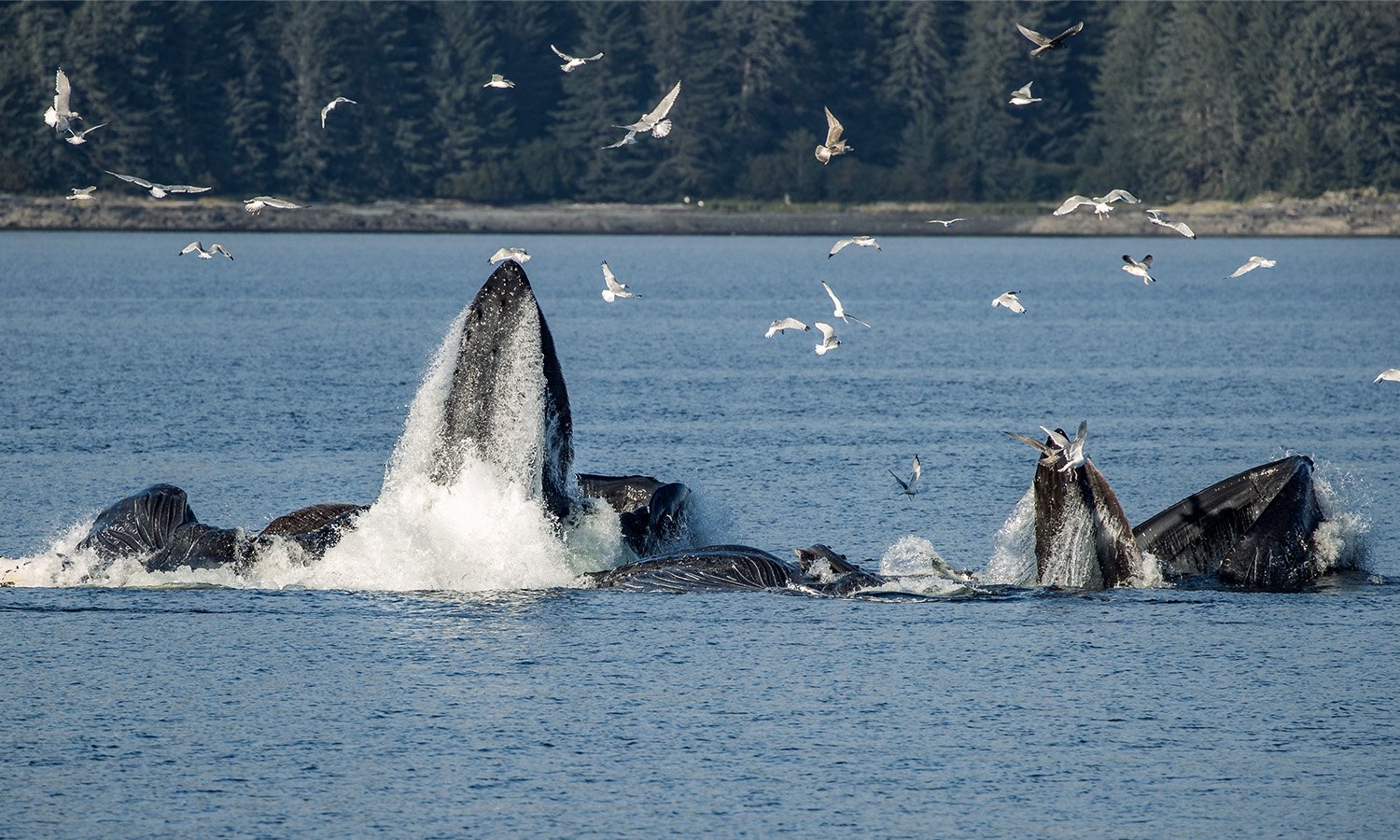
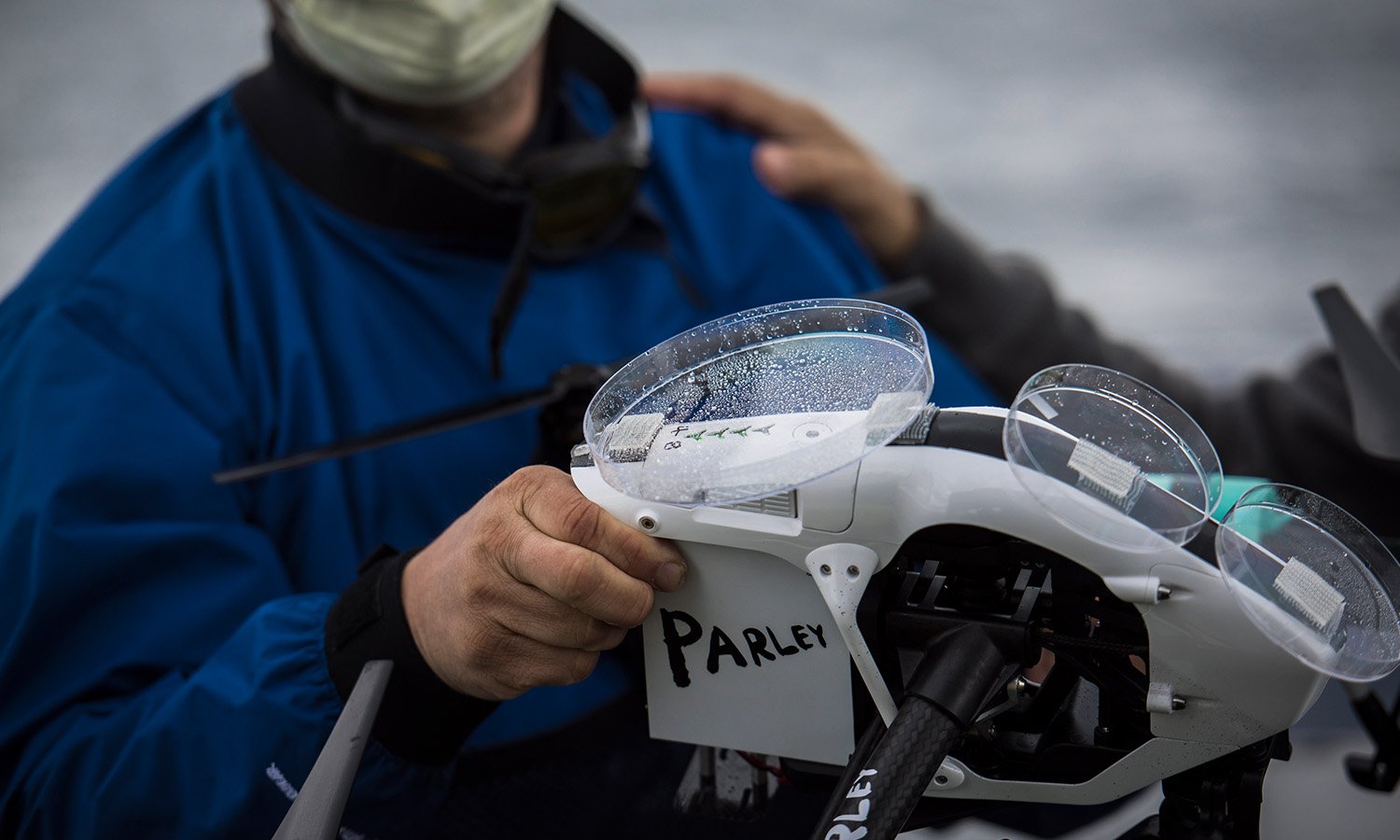

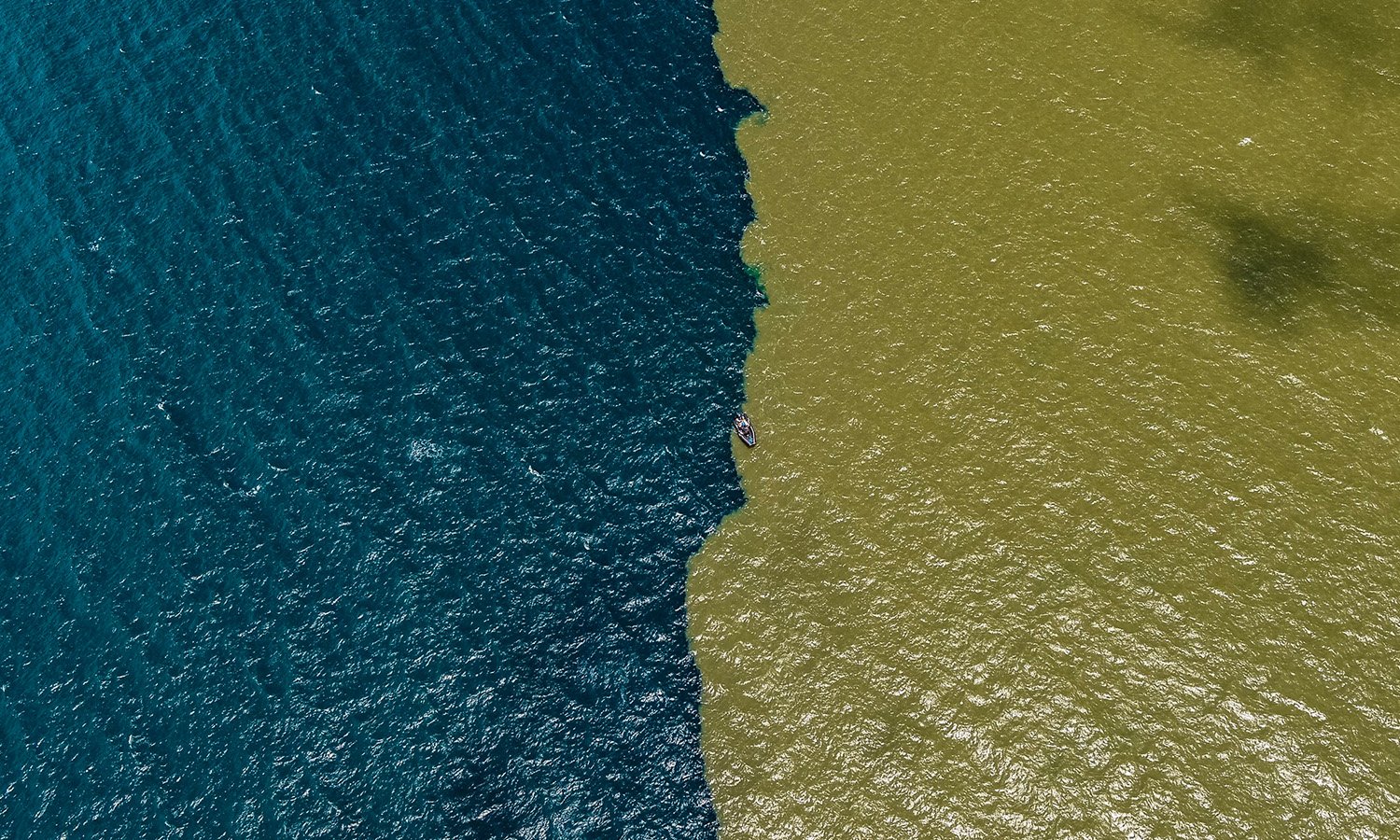
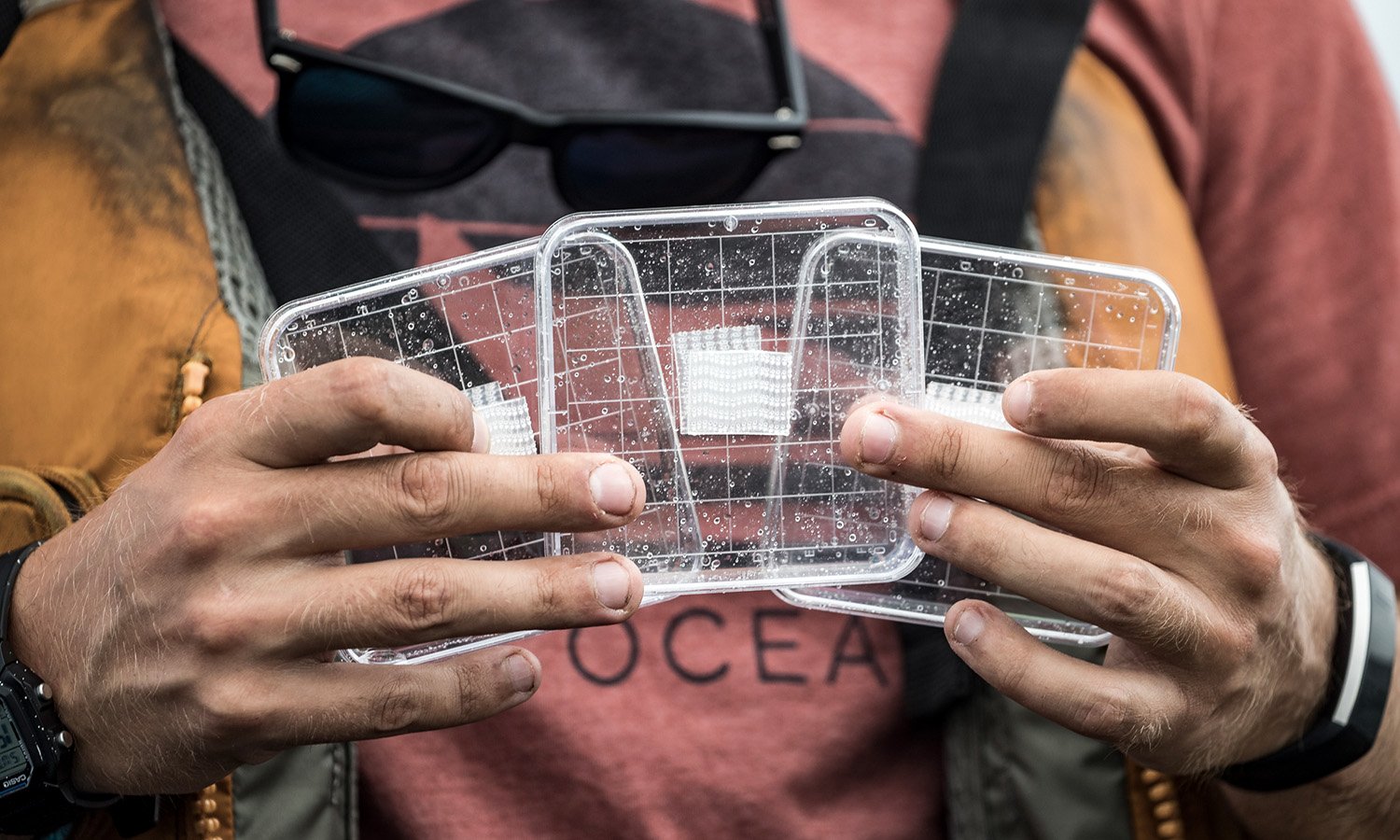
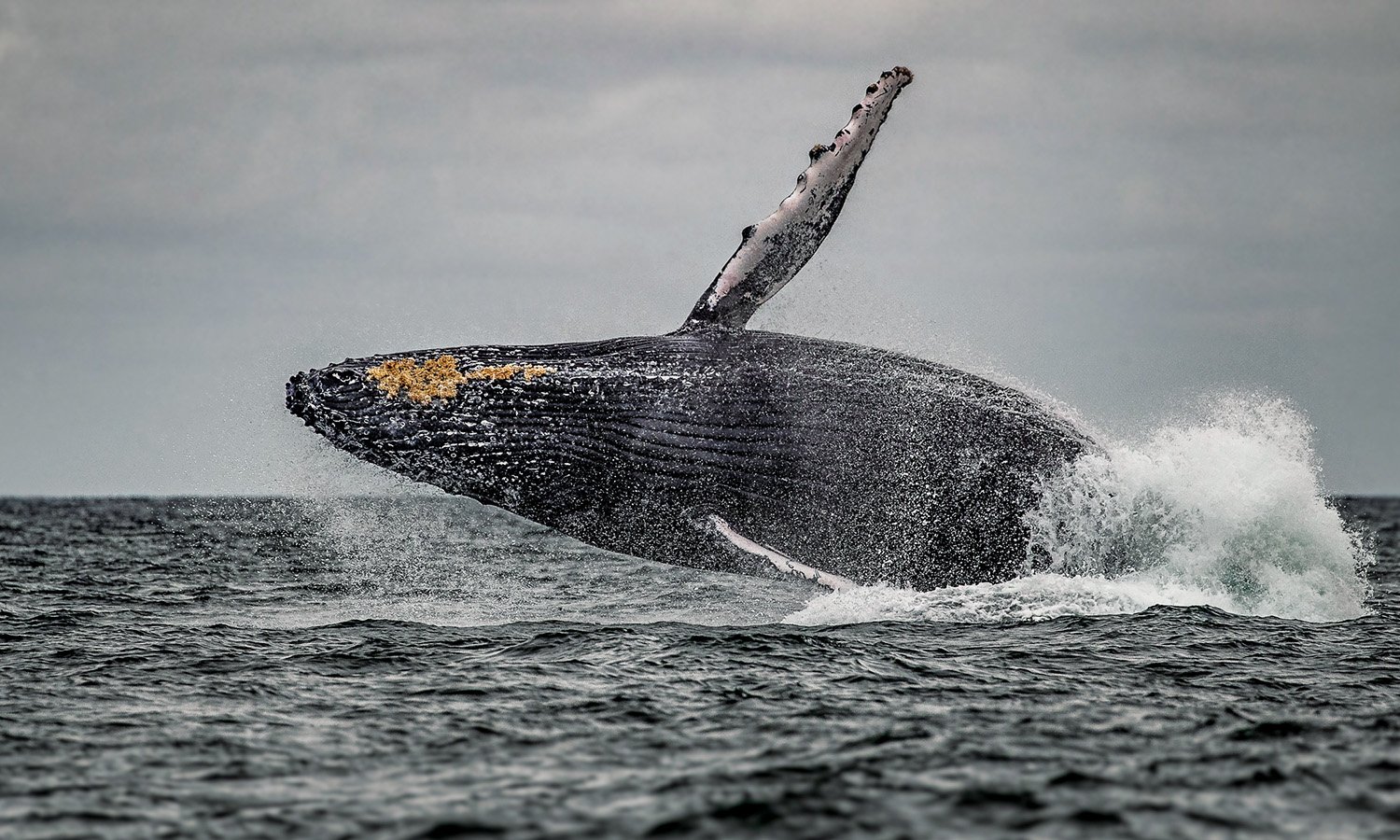
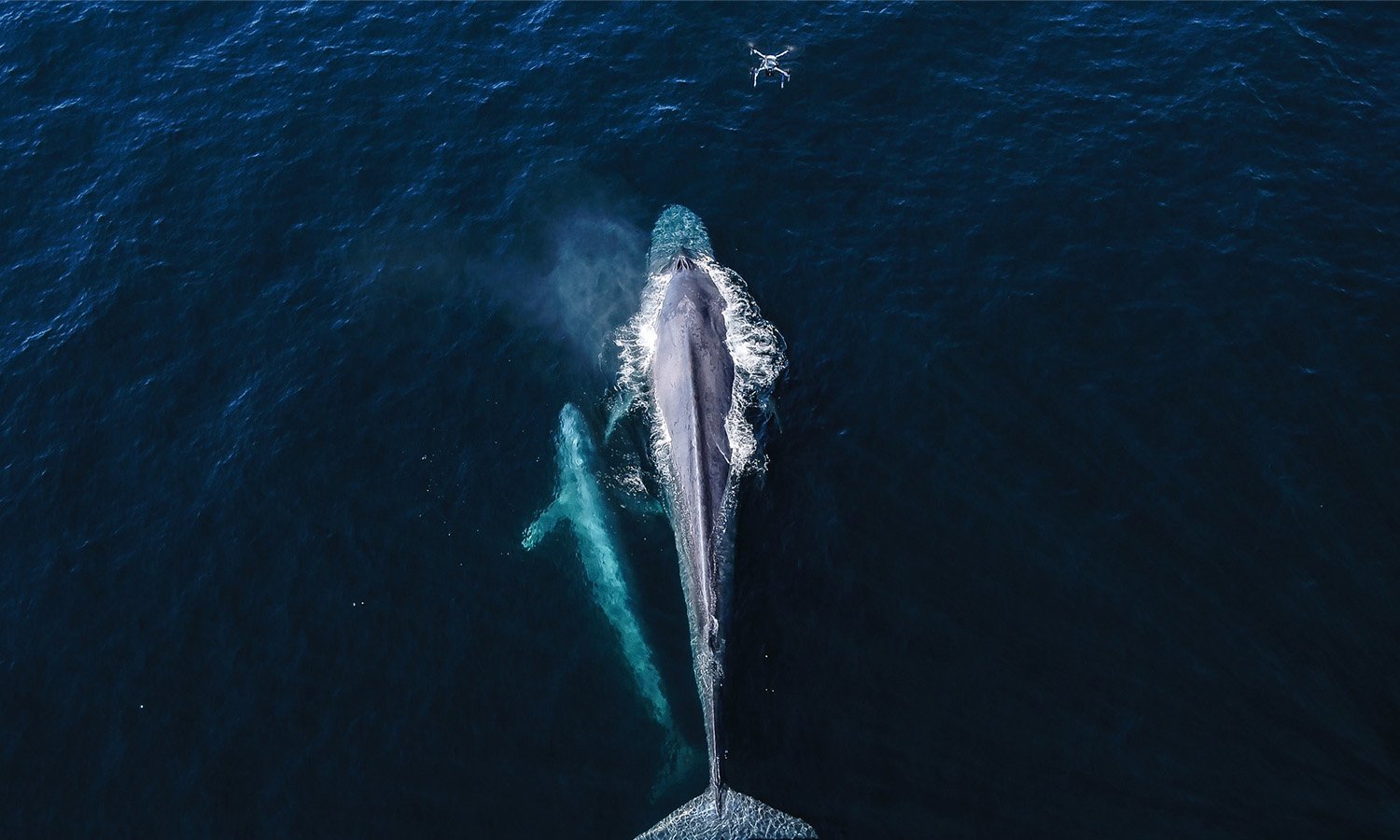

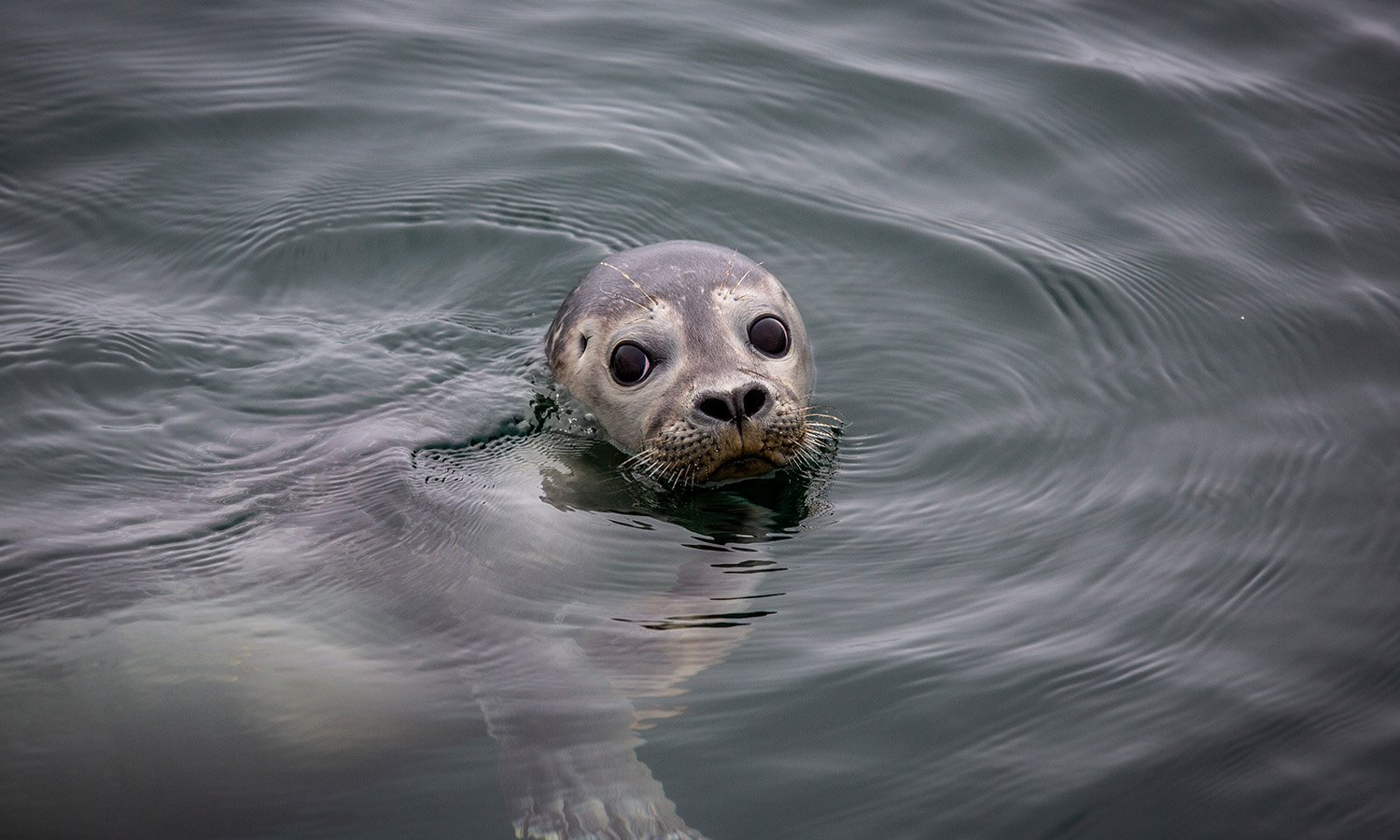
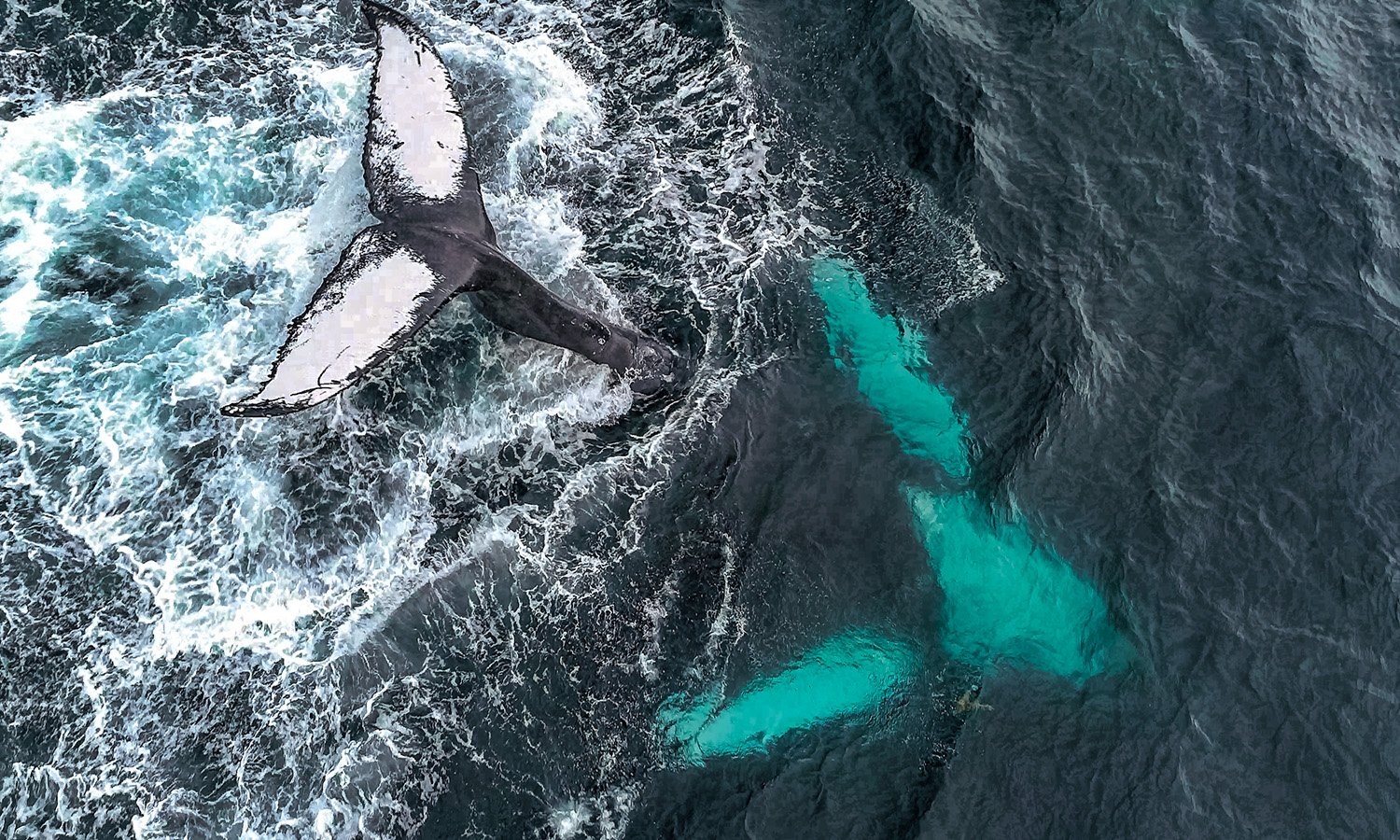
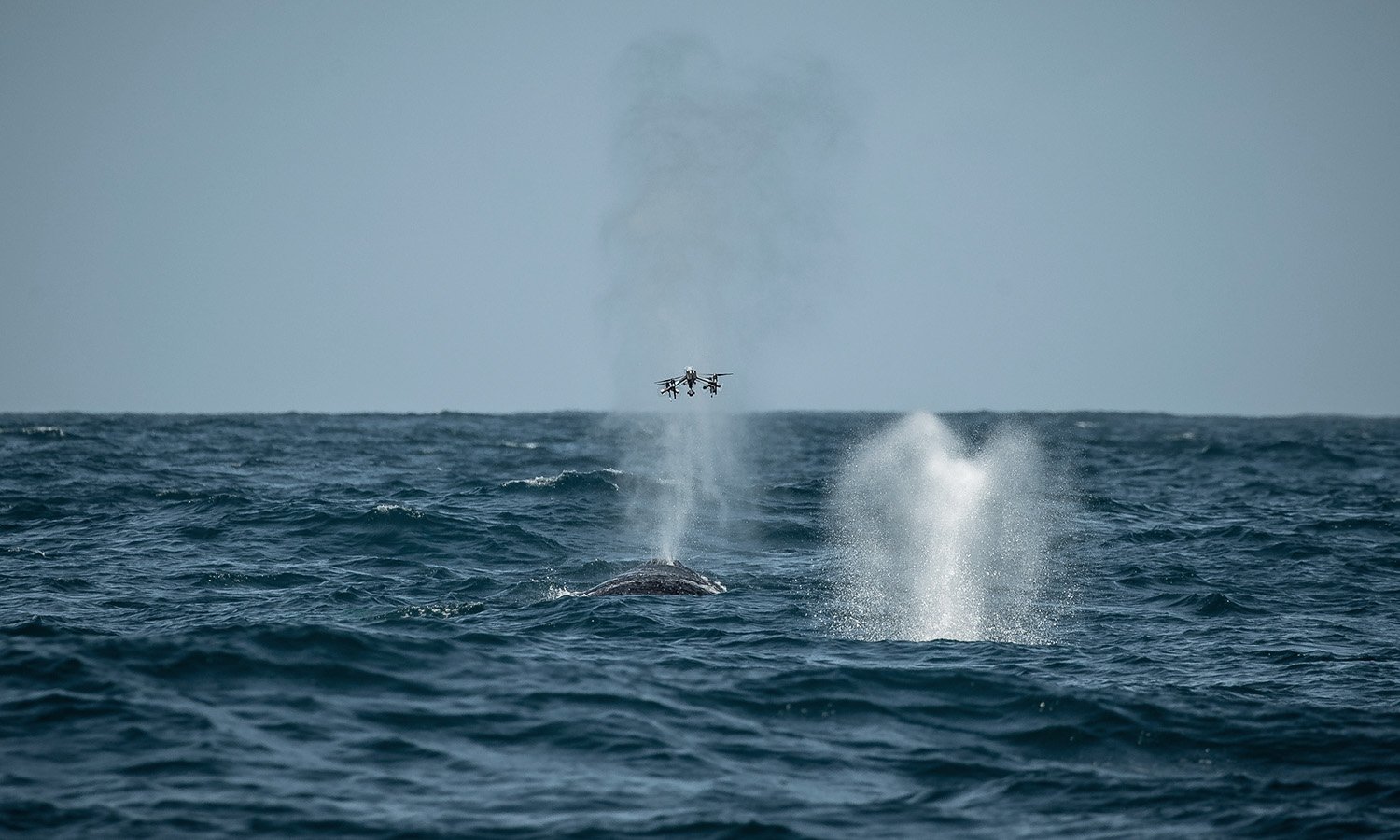
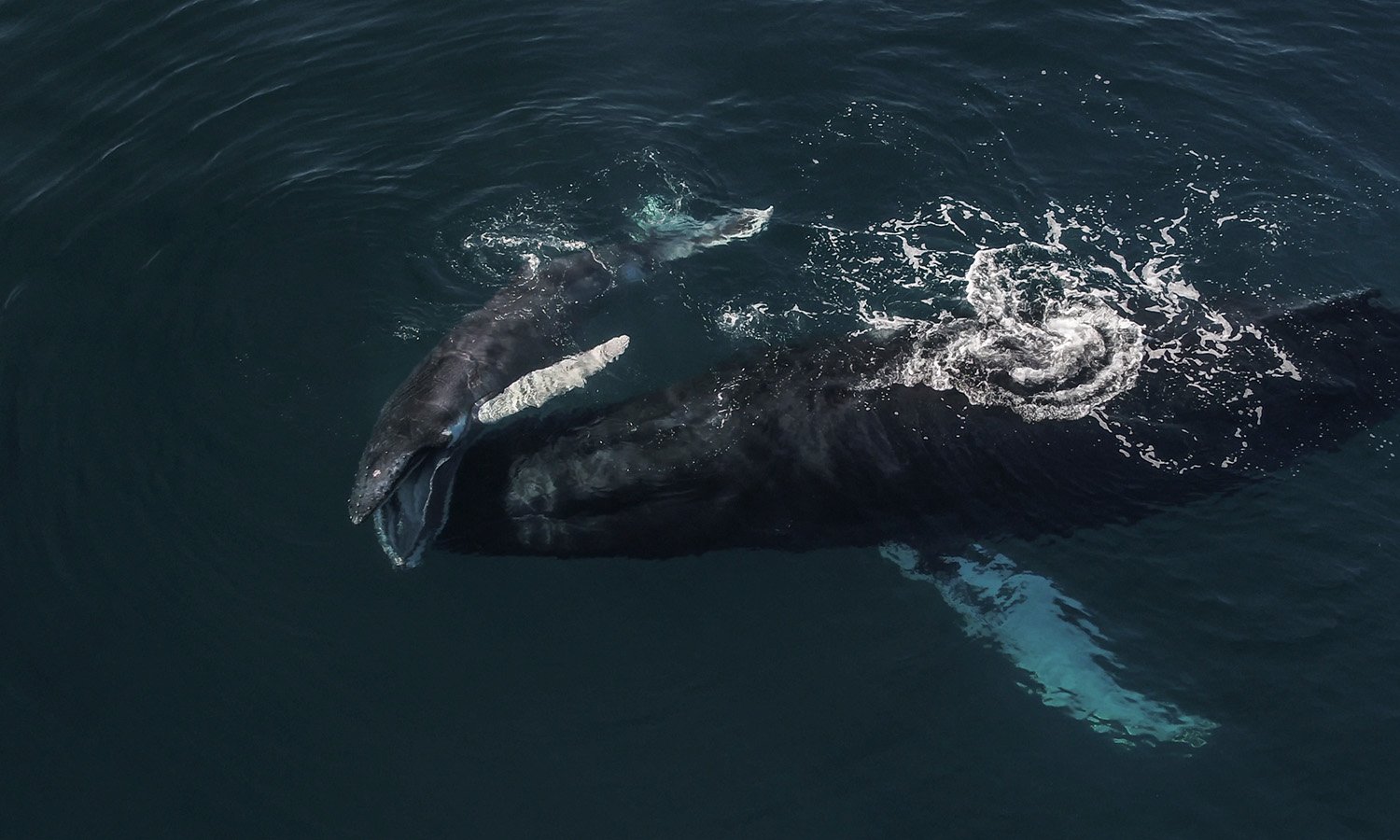










Using modified drones, artificial intelligence and machine learning, marine scientists can now identify and assess data on whales and ocean health in real time.